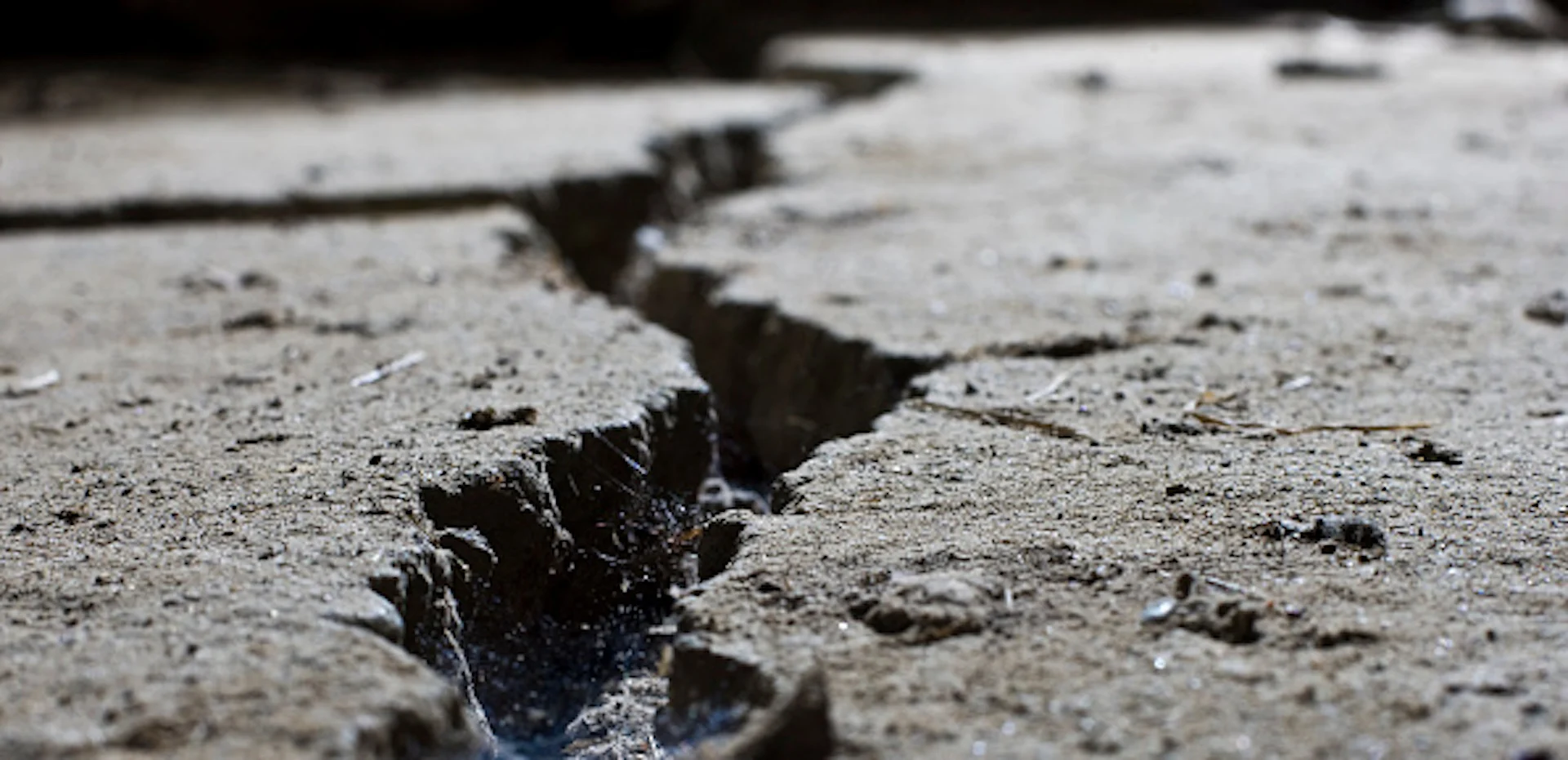
Earthquake study suggests the 'big one' could be much worse than expected
Those living in the Pacific Northwest have been warned about the so-called 'big one' for decades. It's a super earthquake that would wreak havoc on coastal communities. It's unclear when the quake might hit, but as Richard Zussman reports, new research provides a much clearer picture of how big it could be.
Thanks to a new study, scientists now have the clearest picture ever seen of one of the most hazardous earthquake spots on Earth, just under 1000km off the coast of B.C.
The paper details the potential of the Cascadia subduction zone, showing two pieces of the Earth's crust sliding against each other. They are alarmingly smooth and capable of generating magnitude nine earthquakes and massive waves.
Experts say the conditions observed are associated with the most destructive earthquakes. People in the area have been aware of the threat for some time. Often dubbed a 'big one,' these types of earthquakes could cause significant damage to coastal communities.
The new findings come from research conducted over 41 days along the coast of B.C., Washington, and Oregon.
Thanks to new technology, researchers sent waterproof cables deep into the ocean alongside 1200 specialized microphones, allowing for more accurate predictions.
This study will allow experts to develop better models than they've had.
While technological advances make it easier to detect the size or location of a potential earthquake, it's still unclear when the next' big one' will arrive.
"There's a huge range," John Cassidy, a seismologist with Natural Resources Canada, says via Global News.
"We've had 19 [large earthquakes] during the past 10,000 years, so roughly every 4 or 500 [years]."
The last major earthquake along the fault line is estimated to have happened in January 1700.
B.C. officials will now use the current information to help better prepare our understanding, including calculating risk factors that continue to evolve as more information becomes available.
The province is again using these findings to remind people to have an emergency plan.
VIDEO: The science behind earthquakes
Header image: File photo/Getty.










